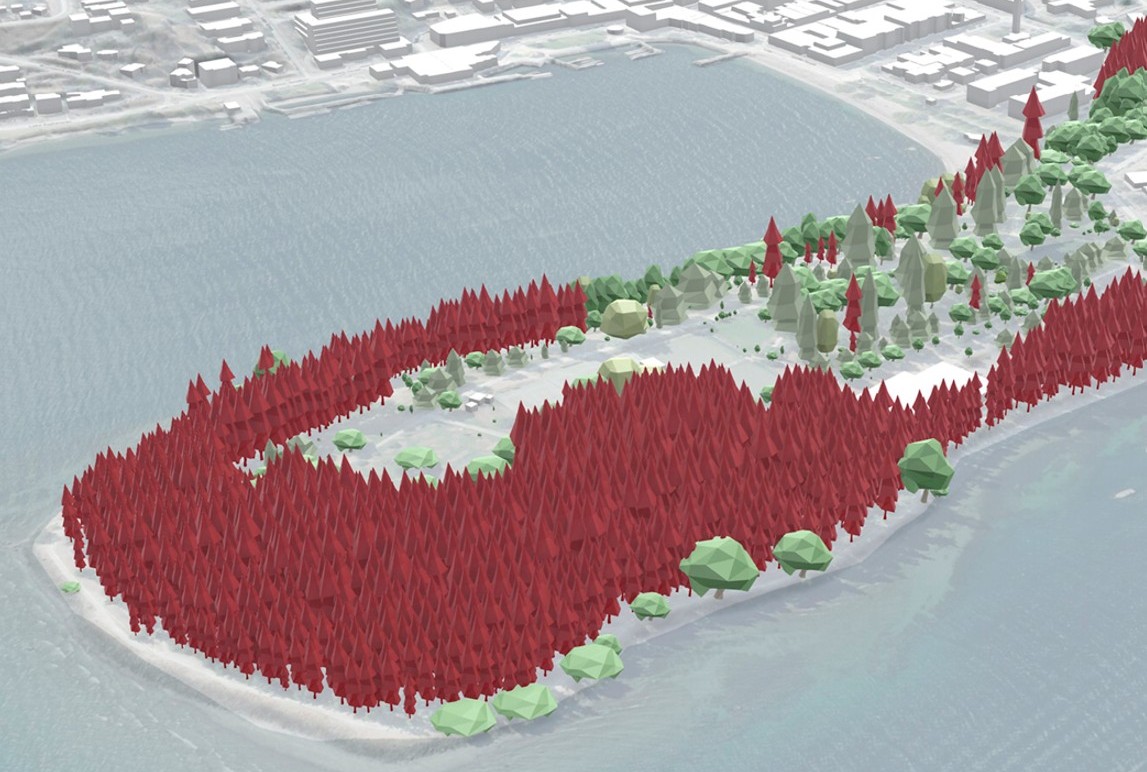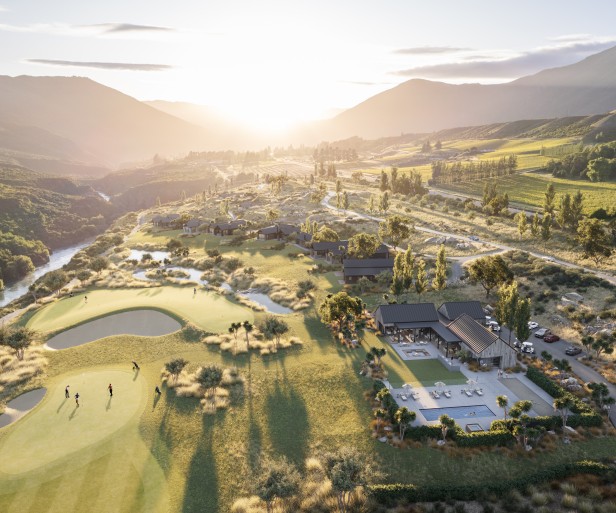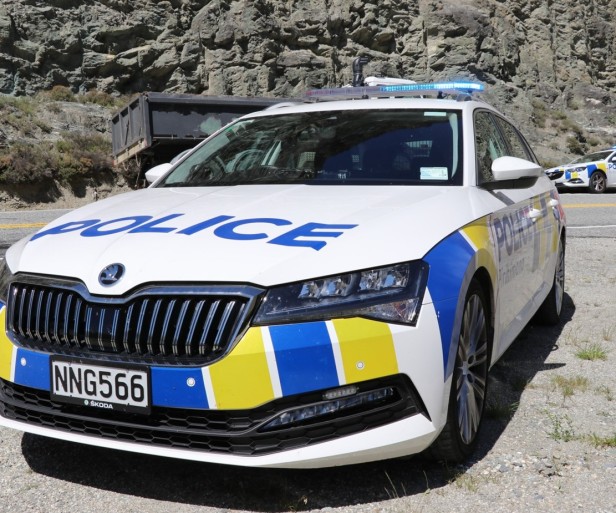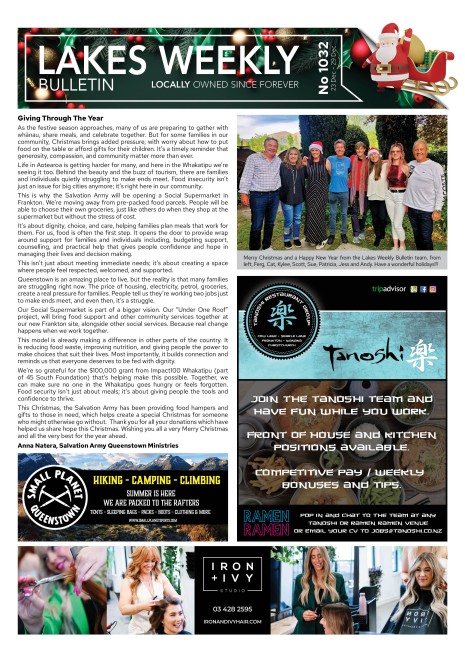Change is coming to the Gardens

Friends of Queenstown Gardens has cautiously welcomed plans to replace five hectares of wilding conifer trees but say the devil will be in the detail.
Hundreds of ageing wilding pines dominate the peninsula Gardens, which juts out into Lake Whakatipu, providing a windbreak for downtown Queenstown.
Queenstown Lakes District Council has published a draft plan to steadily chop the trees over the next 60 years, replacing them with a diverse range of native, suitable exotic, and deciduous trees and plants.
QLDC's Community & Services general manager Ken Bailey says the trees' invasive nature and advancing age pose several significant threats to the landscape’s long-term health.
The dense canopy blocks sunlight and reduces native flora and fauna, they drop needle litter that results in poor soil health, and their location creates a significant seed spread risk for a tree being battled with throughout the district.
"As these trees near the end of their lives, we need to have a plan in place to ensure we protect the area while taking the opportunity to transition to a more sustainable and diverse shelterbelt,” Bailey says.
As the trees are chopped in stages across multiple zones, pioneer species like grasses, ferns, and mānuka will be used to restore soil structure and support the growth of future planting.
Native trees like kōwhai, beech, and southern rātā will then be planted to provide additional wind shelter as quickly as possible while creating new wildlife habitat.
Jay Cassells, of Friends of Queenstown Gardens, says they are glad they were approached early on in the planning stage by QLDC.
"In principle FOG supports any sensible, funded and informed tree husbandry planning and is pleased to see emphasis on maintenance of the trees and the character of the Gardens," Cassells says.
"But there's a lot of detail to get on top of and the first question is whether it is urgent, because there are plenty of other trees to fell or finish felling on hillsides across the basin if worried about seed broadcast."
Cassells says FOG also wants the focus to be on planting, rather than felling.
"You don't want to cut anything down until you see how things are going, because the last thing you want to do is lose the shelterbelt and the character of the Gardens, and then the new species don't grow there, or you run out of money, or there's a change of regime - then you've completely lost it."
There's also concerns about the wider impact. Former Queenstown Gardens gardener, the late Nic Leefe, reckoned removing the trees would drop the downtown temperature by four degrees, Cassells recalls.
The council's track record in recent years with the Gardens and tree felling elsewhere downtown has been controversial. It took massive public pressure to reverse a decision to chop 42 trees for a four-metre wide cycle path at Hotops Rise in 2021.
"With this project we ask what's the budget, and what's the prospect of funding it to completion? But our discussions have been perfectly amicable and sensible and we're looking forward to continuing them," Cassells says.
There'll be a QLDC community drop-in session in the Gardens band rotunda on Monday, 28 April, noon-1pm, and a QLDC presentation on the plans at Queenstown Bowls Club on Wednesday, 30 April, from 1pm-2pm.
Feedback on the draft Te Kararo Queenstown Gardens Tree Succession Plan closes on Monday, 12 May. More details on letstalk.qldc.govt.nz









